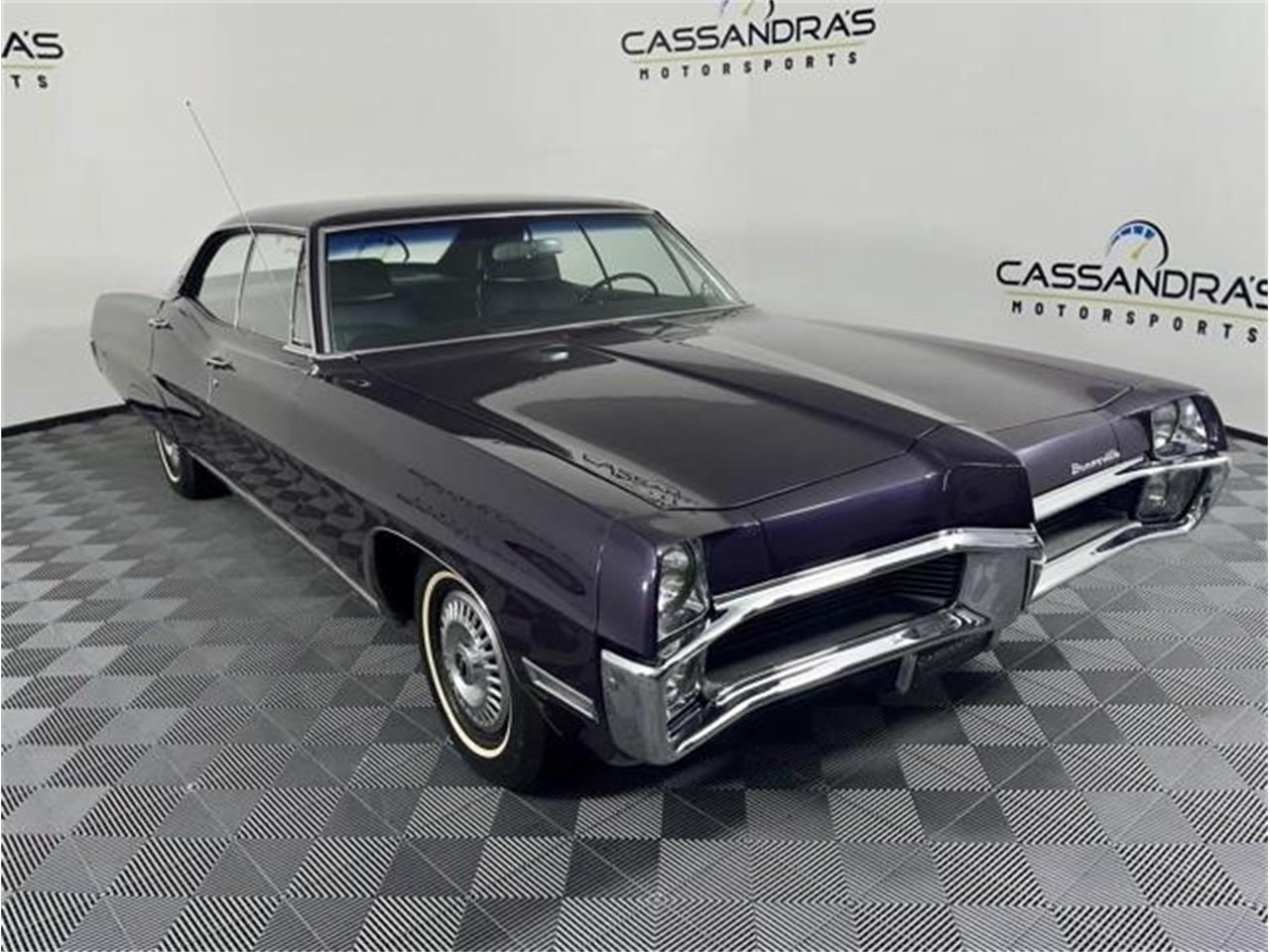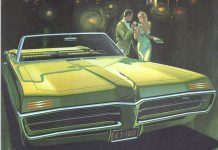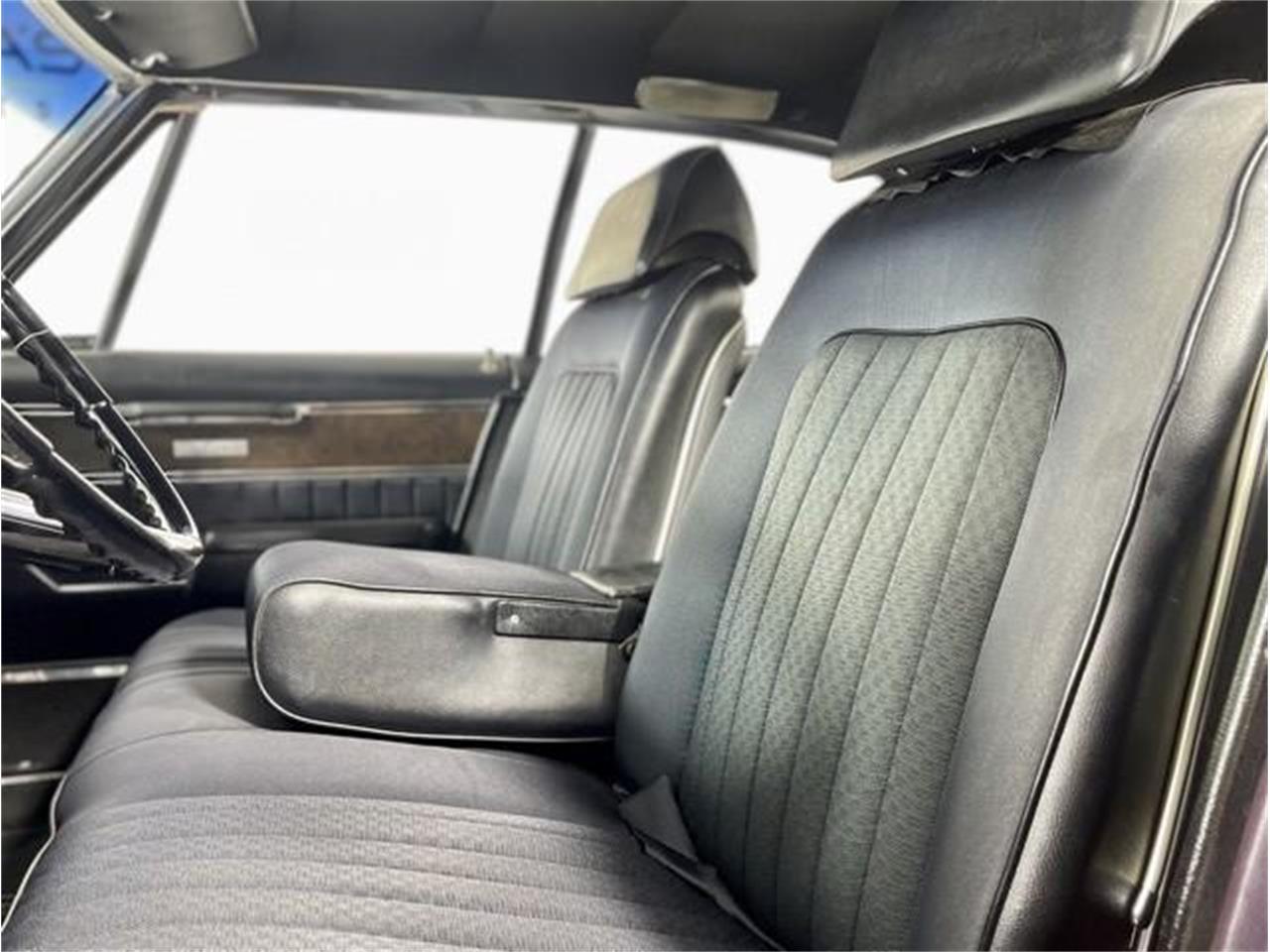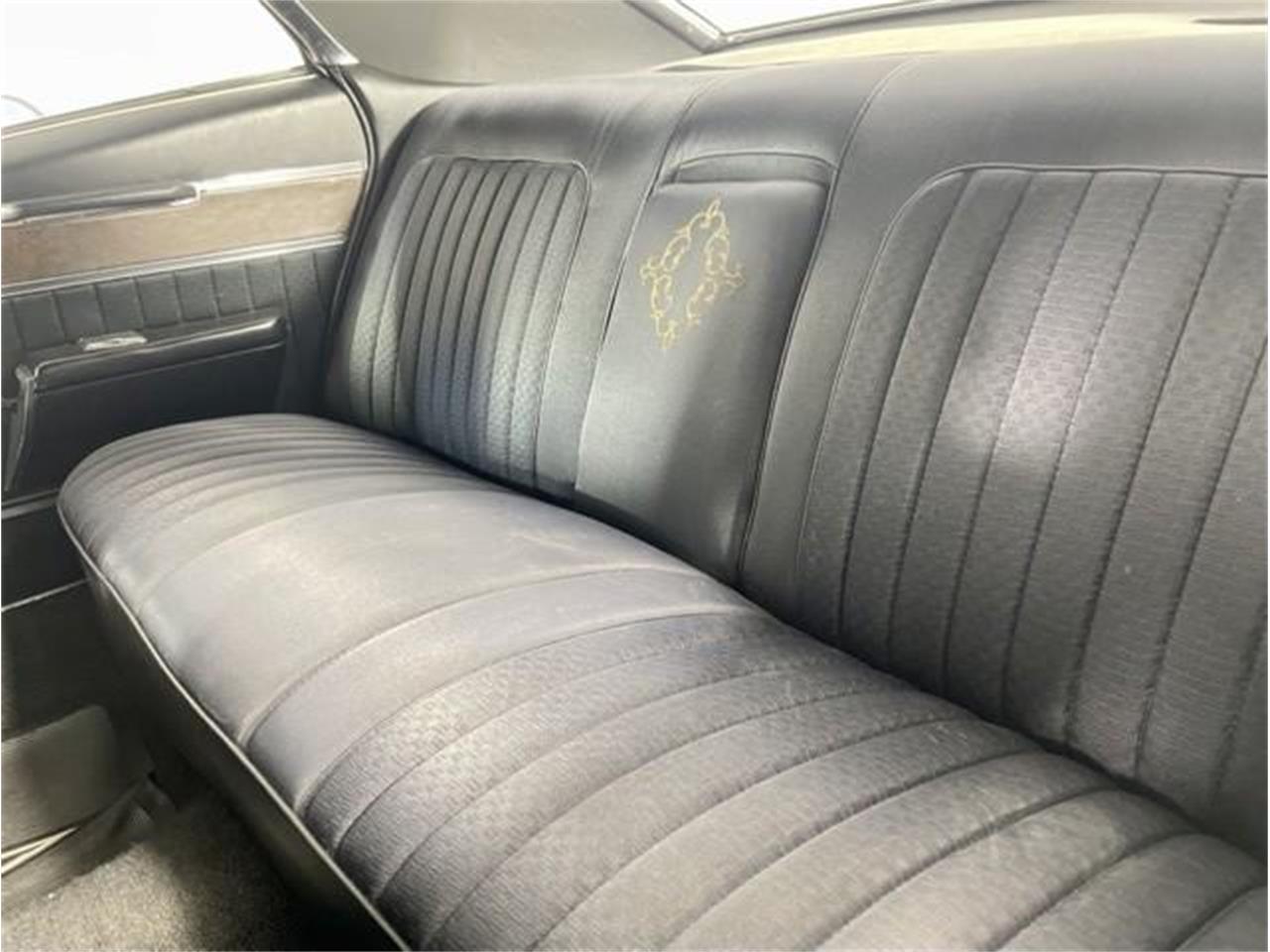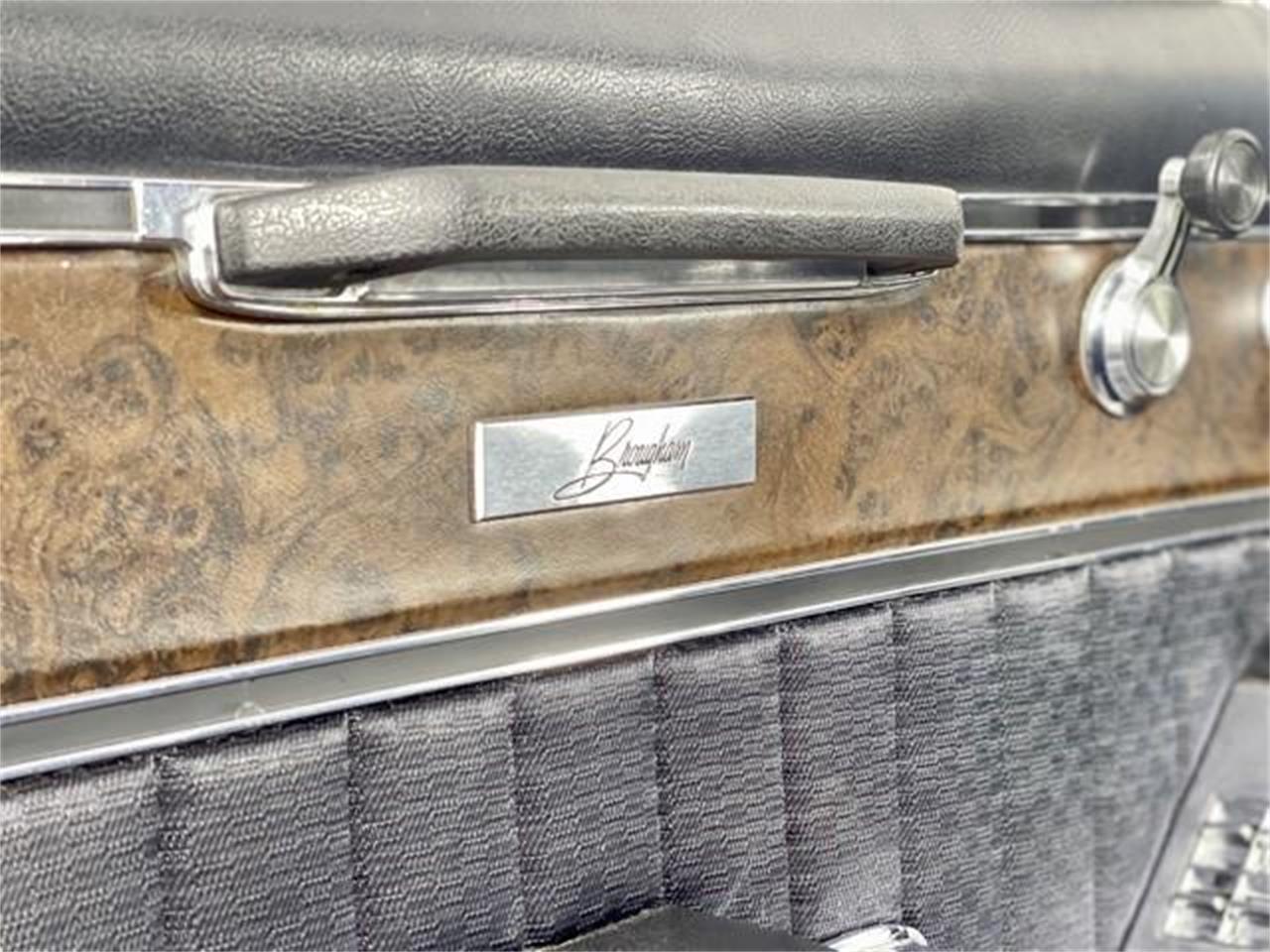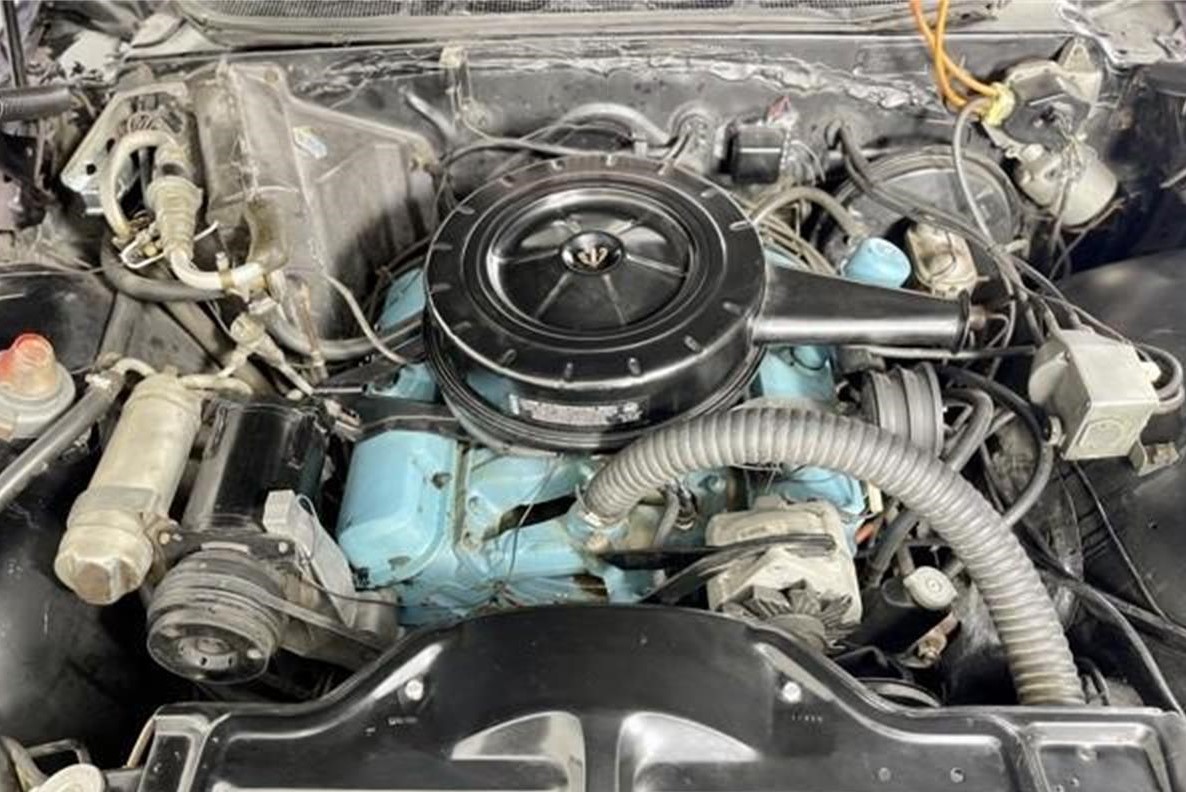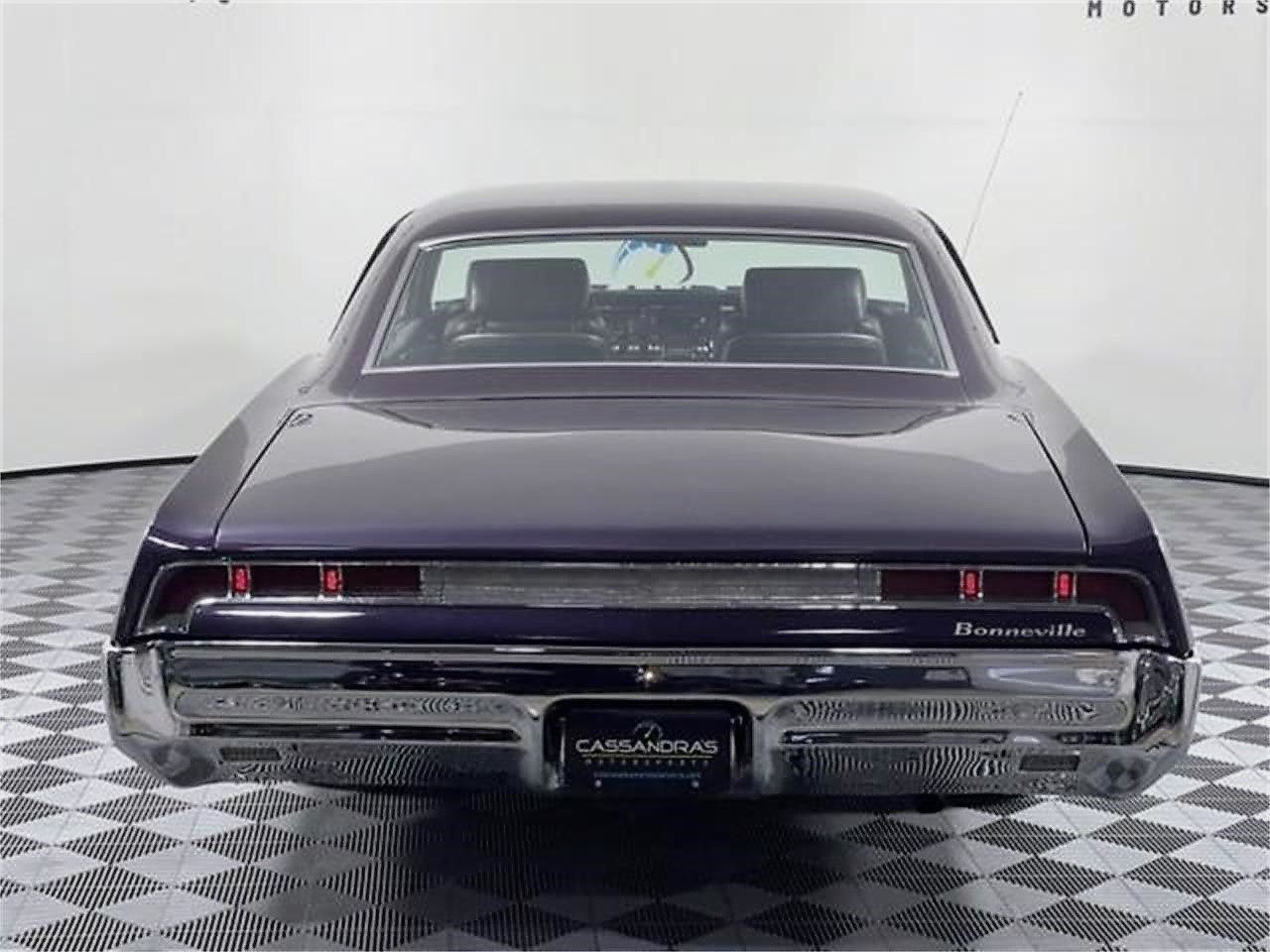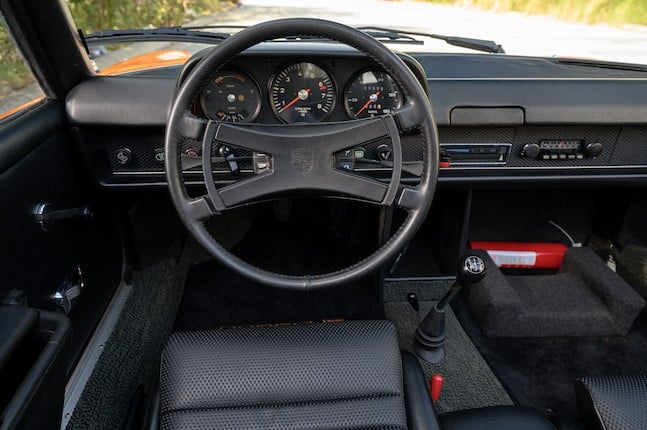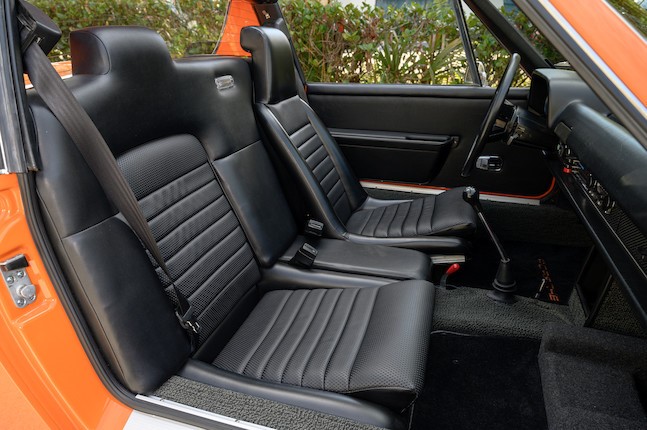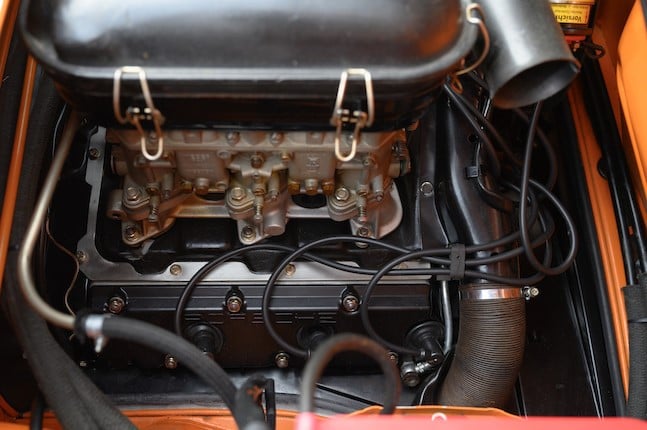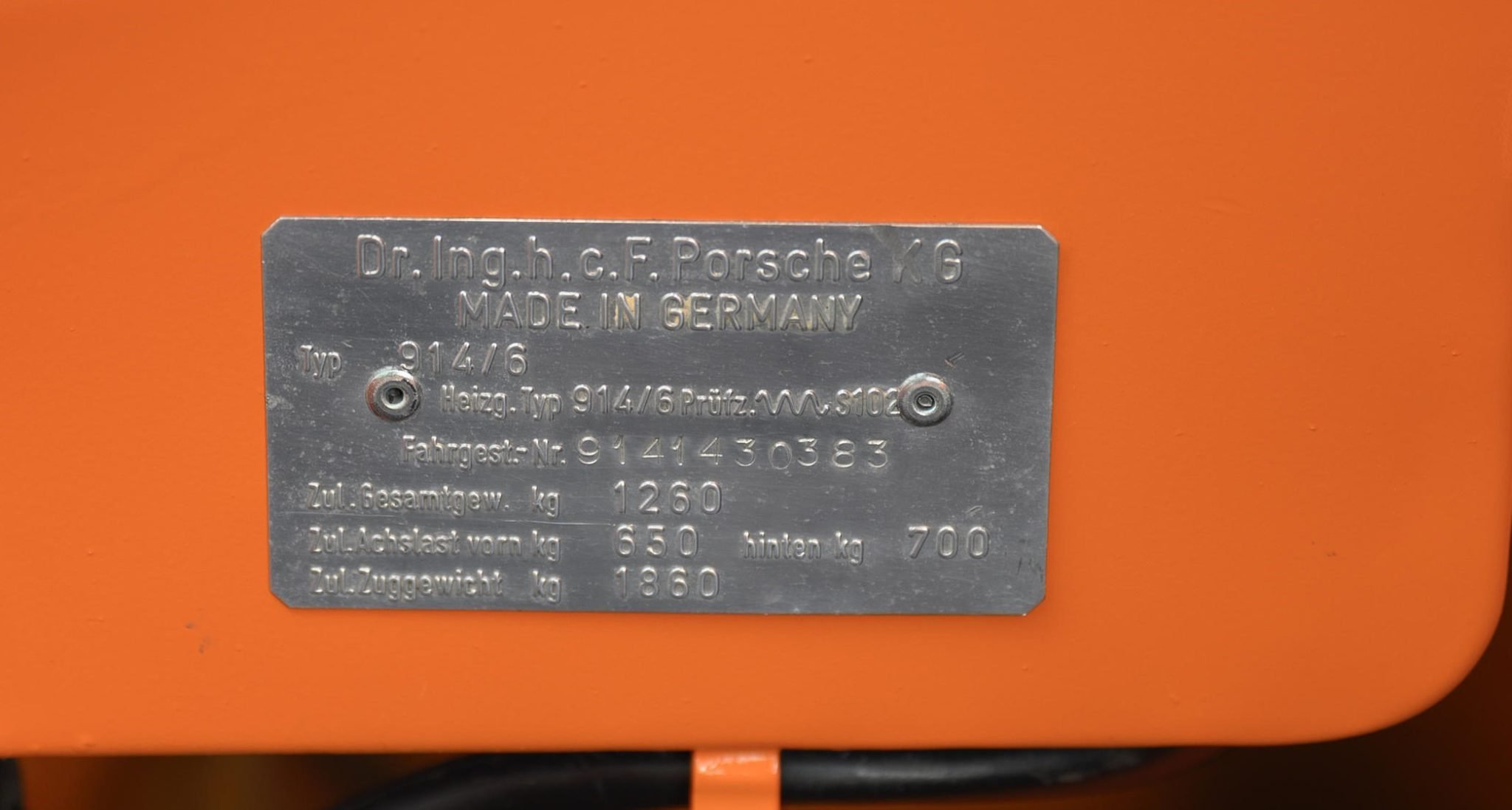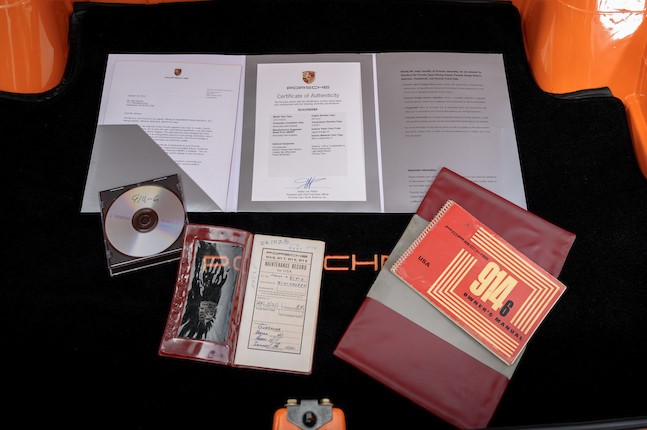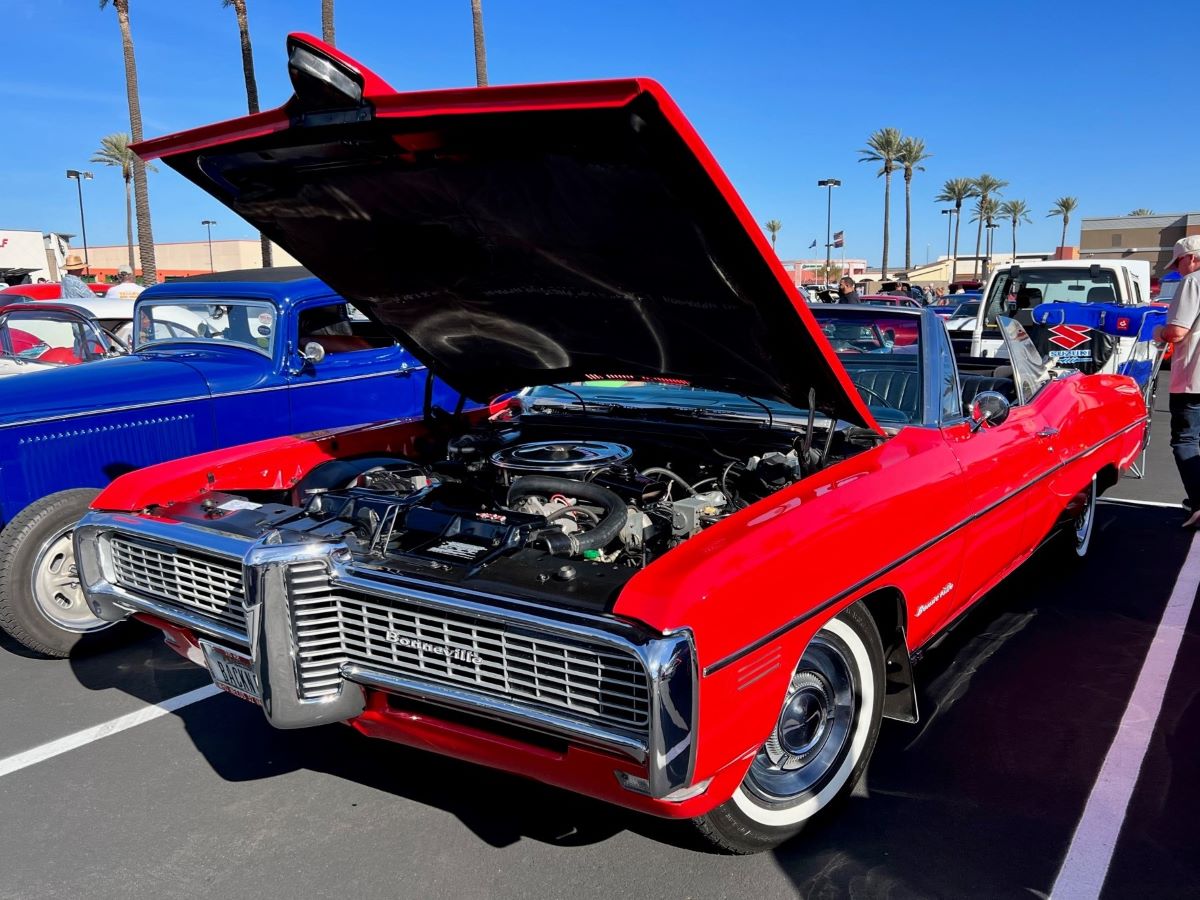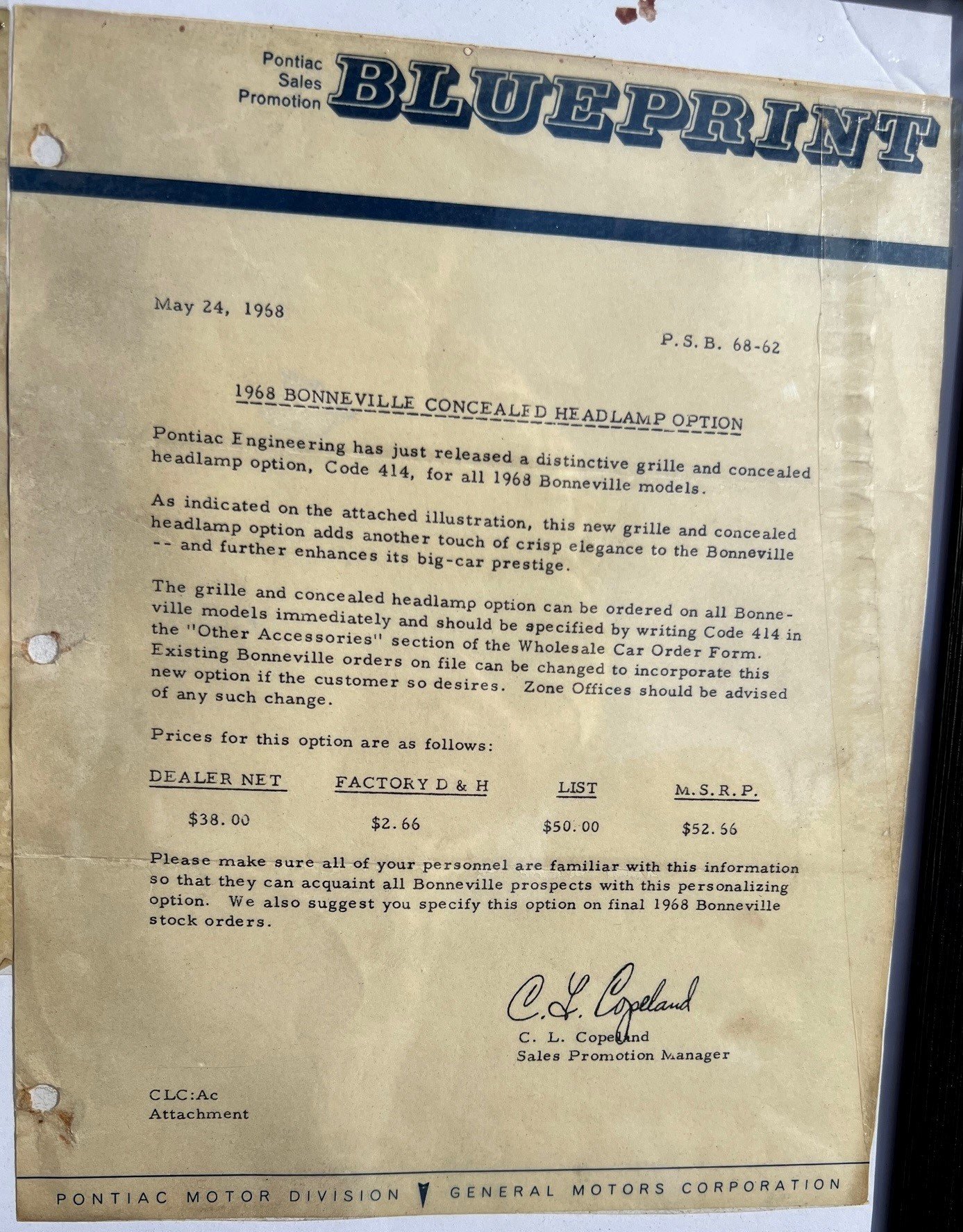At one point, Roberto F. Neris lost track of how many Chevettes he owned.
“I had to go count them again,” he said. “Not too many people have so many cars they lose track of them.”
For the record, he has 27 Chevrolet Chevettes, Pontiac T-1000s, and even a couple rarities like a Pontiac Acadian and a Buick Opel by Isuzu. Or, at least, he does as of this writing. In the time it took to schedule and conduct an interview with him, he added at least a couple to the collection, and he’s always on the prowl for more. “Almost anything Chevette related, I grab it,” he said. While he said he knows of some Canadians who may have more Chevettes by headcount, those cars are largely parts cars. He, on the other hand, figures he might have the largest collection of running, driving, and insured GM T-cars in North America.
“It is an obsession,” he said.
Why Chevettes?
Exactly why would anybody collect so many examples of perhaps the cheapest car GM ever built, the one car that seems destined to never increase in cachet no matter how old, the car that even malaise car enthusiasts look down upon? “I’ve had guys look at my whole collection and say, ‘Hey, you’ve got a couple hundred dollars’ worth of cars there,'” Rob said.
He’ll laugh at the jokes, but his reasoning is just as earnest as any other collector’s: His first car was a five-year-old 1984 Chevette that his father bought him when he turned 16 and got his license. His father didn’t have a lot of money, he said, “but he got the best car he could get me.”
That car took Rob to school and to his jobs as a pizza delivery guy and at the counter of a Pep Boys. He learned to wrench on it, and fondly recalls swapping in a 2.8L V-6 over a weekend when the original 1.6L four-cylinder blew up so he’d have a ride to school on Monday. “It wasn’t perfect, but it ran and drove,” he said.
That first car also survived plenty of young Rob’s abuse. Only after seven accidents did he have to send it to the junkyard. “That last one, I hit a telephone pole, a fireplug, and then a 1980 Olds Cutlass, and it ripped the whole front end off the car,” he said. “But we were okay, and I started it up and drove it home.”
He admits the cars had their faults. They were never great on power. The ergonomics of that angled steering column and the minimal footwells were uncomfortable. The brakes had a tendency to overheat, boiling the fluid and leading to crashes such as the one that took his 1984 out of commission. But they still held a certain charm for him.
“They’re such basic, simple, honest cars,” he said. “They’re so easy to work on, you can fix about anything with pliers and a screwdriver. In the Chevette commercials they said it’d ‘drive you happy’ and that’s true. Every time I get in one, I feel like I’m 16 again.”
And, even with recent upticks in prices, Chevettes are still the cheapest way to get into a rear-wheel-drive GM car.
![Chevette collector]()
![Chevette collector]()
![Chevette collector]()
![Chevette collector]()
![Chevette collector]()
![Chevette collector]()
![Chevette collector]()
![Chevette collector]()
![Chevette collector]()
The Collection Begins
While Rob always had at least a couple on hand both before and after he crashed that first one, they were mainly parts cars that he could buy for $50 or $100 that he used to keep his daily drivers running. He kept them stashed at his parents’ house or in garages around Philadelphia until he eventually became a used car dealer and bought a 13,000-square-foot warehouse. But then in 2006 or 2007, he realized that the parts cars he was buying were so nice and original, he couldn’t bear to take them apart, so he started to keep them as-is and look for more in survivor condition.
“They’re still out there,” he said. “People called them throwaway cars, but there are people who like them. There was a sentimental value to them.”
For instance, one of his Chevettes came from a 90-year-old man who bought it as the last car he’d drive and treated it well. “He wanted it to go to a good home,” Rob said. “The cars are like puppies in that way – people want them to go to good homes.”
Rob promises exactly that. Not only does he refuse to cut up the cars he buys now or turn them into race cars, he said that even if he removes parts from the cars – for instance, to change out the wheels or to install more powerful engines – he’ll keep everything, down to the nuts and bolts, that he removes from the cars should he decide to return the car to its original specifications. “I don’t know if I’ll need it someday,” he said. “I don’t even throw emissions stuff out.”
While he said he searches online constantly for Chevettes and has started a couple of Facebook groups dedicated to the cars, he finds many of his cars via word of mouth. “People know to come to me when they see one for sale,” he said. He’s even started to become more selective regarding the ones he admits to the collection. He shies away from four-doors, for example, and he prefers the 1976 to 1979 models, with the 1983 and up models coming in second. “The ’80 to ’82s with those chrome bumpers I just don’t like.”
![Chevette collector]()
![Chevette collector]()
![Chevette collector]()
V-6s and Other Restomods
As noted before, he’s not averse to modifying the Chevettes in his collection, but only to a certain extent. He can admire, for instance, the Bad Seed – the Chevette that Steve Magnante built for Hot Rod magazine with a 500-cu.in. Cadillac V-8 stuffed into it – but “that’s too much cutting for me,” he said.
Instead, he likes to personalize the Chevettes in his collection. “That’s the whole reason I have so many, is that I can leave some original and I can have some that are a little different,” he said.
He’s done a number of engine swaps, mainly on his later Chevettes, including small-block Chevrolet V-8s, LS V-8s, and 4.3L V-6s, and he has an ongoing Quad4 swap project. He’s found faults with many of them: 4.3s are too heavy (“Might as well install a 350.”), LS engines don’t fit as well as earlier small-blocks, and small-blocks require upgraded rear axles. However, he said the ideal engine to swap into a Chevette for anybody looking for more than the stock 65 horsepower is the 3.4L V-6 out of the 1993 to 1995 Camaro. It’s lightweight – the complete drivetrain with a 2004R weighs about 35 pounds more than the stock engine and transmission – it’s fairly well supported by the aftermarket, and it’s relatively inexpensive and readily available.
That said, even in stock form, maybe with a non-computerized carburetor swapped in for the later computer-controlled carburetor and a good tune, Rob said the Chevette can be a lot of fun.
“On my commute to my shop, you can only do 40 to 45 miles per hour, and I can drive that flat out,” he said. “My son has one now, and we can race ours on the street and not get in trouble because nobody but you knows you’re racing.”
![Chevette collector]()
![Chevette collector]()
![Chevette collector]()
![Chevette collector]()
Growing the Collection
While some single-model or single-make collectors like to seek out rarities and oddities to add a little flavor to their collections, Rob said he’s more interested in preserving them as daily drivers. He has no interest at all, for example, in obtaining a Leata Cabalero, the Chevette-based neoclassic built in Post Falls, Idaho, and the only reason he recently picked up one of the Chevette-based Duchess kit cars made to resemble an MG TD is because it came unassembled for $500. The rarest cars in his collection, he said, are the 1976 Pontiac Acadian – the Canadian version of the Chevette that has become thin on the ground north of the border and that is vanishingly rare in the United States – and a T-1000 that he bought out of Oklahoma loaded with just about every option a T-body could come with, including aluminum wheels, power steering, power brakes, air conditioning, a tilt steering column, and a sunroof.
That said, he’s not averse to adding overseas variants of the T-car to the collection. He already has the aforementioned 1979 Buick Opel by Isuzu, a 46,000-mile garage-kept car with a plaid interior and period-correct Ansen slot mags, and he said he’d like to eventually import at least a couple of Brazilian Chevettes, including a station wagon and pickup variant. “The T-car was developed as a world car, but this is the only country in the world where they’re not adored,” he said. “In Brazil, they love them and make reproduction parts for them. It’s probably because other countries had sporty versions of the Chevette. The sportiest we got was the S, which wasn’t much, but I think if we’d have gotten one, things would have changed.”
That said, he does see mounting appreciation for the Chevette here in the States. As an example, Rob pointed to the 1977 COPO Chevette with less than 5,000 miles that sold at Mecum’s Chattanooga auction last October for $16,500 and that subsequently sold on Bring a Trailer for $21,000. “Not everybody can afford a Camaro or a Corvette,” he said. “With Chevettes, you can get a pristine car for $4,500 to $6,500, and you get a turnkey car you can go to shows with.”
As for their nerd car image, Rob said they’re still seen that way, “but things have changed. “A lotta people had bad feelings about the cars, but they’ve come around. They’ve begun to appreciate the cars because they lasted the test of time when others haven’t.”
Regardless of the cars’ rise in value, Rob said none of his are for sale nor will they ever be. Aside from continuing to add to the collection, he said he does plan on restoring a couple of the cars already in the collection. All of them, he said, will go to his two sons.
Or, at least that’s the plan. He’s already filled his warehouse with T-cars, Fieros, a few Eighties Fords, and the odd Astro or Vega. He may just have to buy another one to keep the collection going.
“All I know is that I’m doing exactly what I wanted to do,” he said.
